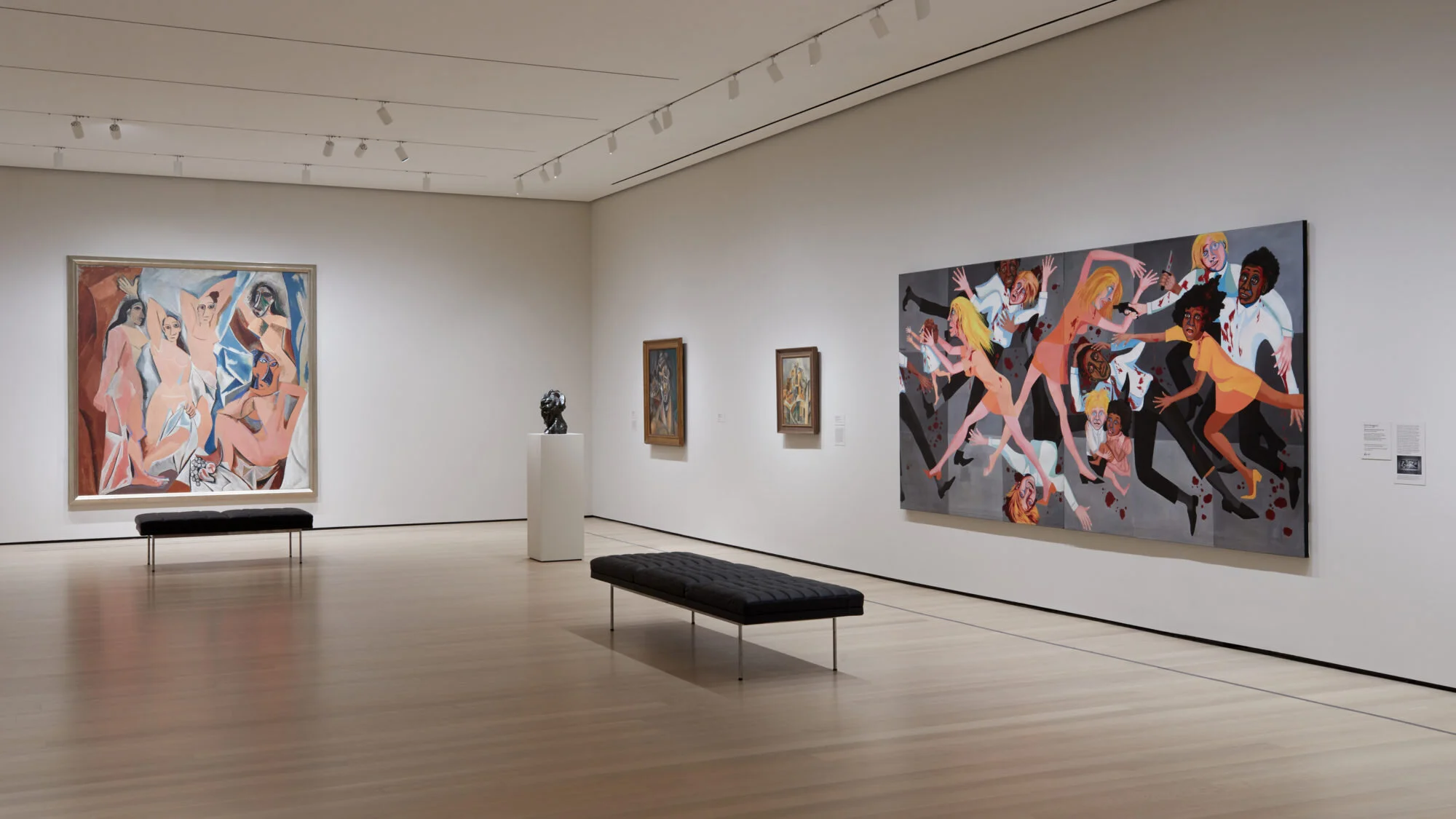How gold foil on gesso made its way to Thanjavur paintings and why it endures
With a curation that encourages detours, digressions and complete immersion, can the recently-reopened Museum of Modern Art in New York be a blueprint for others?
Read MoreWith a residency with Gond artist Bhajju Shyam culminating in a painted wall at the Lodhi Art District, the St+Art India Foundation wants to expand the modern street-art narrative in India
Read MoreIn Delhi for his latest show, Pardhan Gond artist Venkat Raman Singh Shyam whose work focuses on celebrating, worshipping, and protecting greenery, has a strong message for the city
Read MoreIndia’s National Museum is taking baby steps on social media
Read MoreFour Instagram archivists photo-document their hometowns—Delhi, Kolkata, Chennai and Mumbai—to showcase the fast-fading everyday architectural surroundings in which they grew up
Read MoreOne of the three projects that won the Getty Images Instagram grant 2016 is now a book
Read MoreFor over 30 years, a regular Gurugram home has housed a priceless, yet little-known collection of tribal and folk Indian art. Now its keepers are looking for a permanent space
Read MoreWhat makes an image a work of art in the age of selfies?
Read MoreAzadeh Akhlagi’s ‘By An Eye Witness’ series remembers Iran’s bloody history from a time before camera phones
In the current flurry of shiny big-ticket releases, Indian indie artists are joining the genre
Read More








